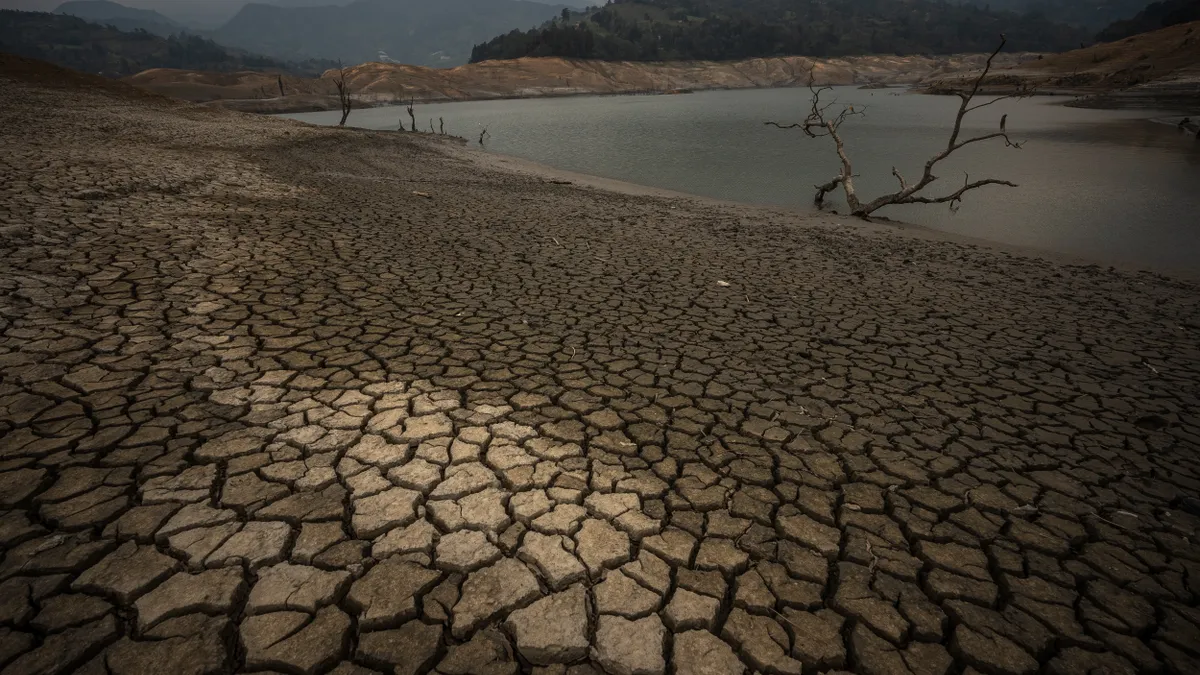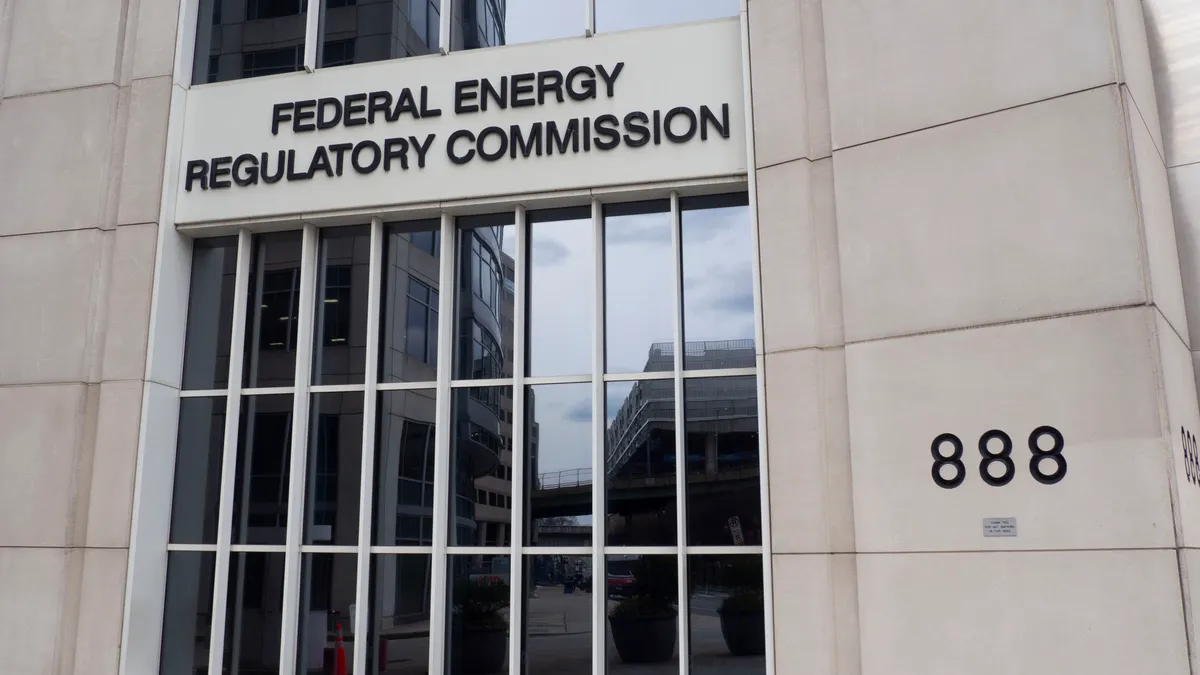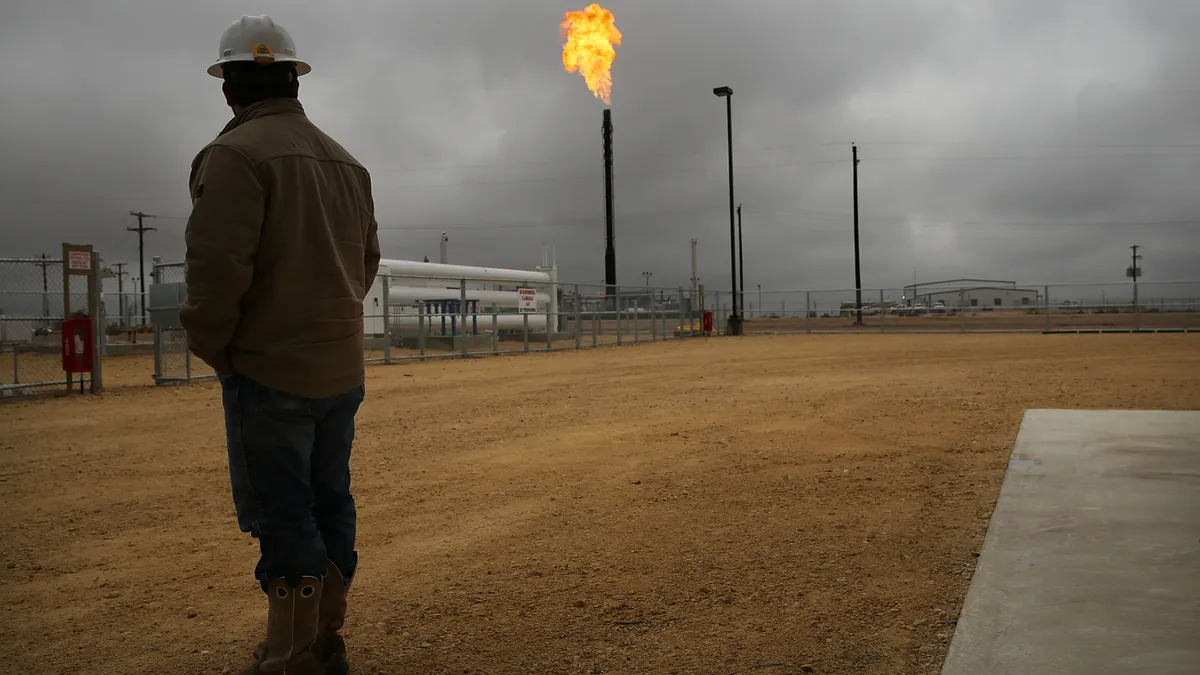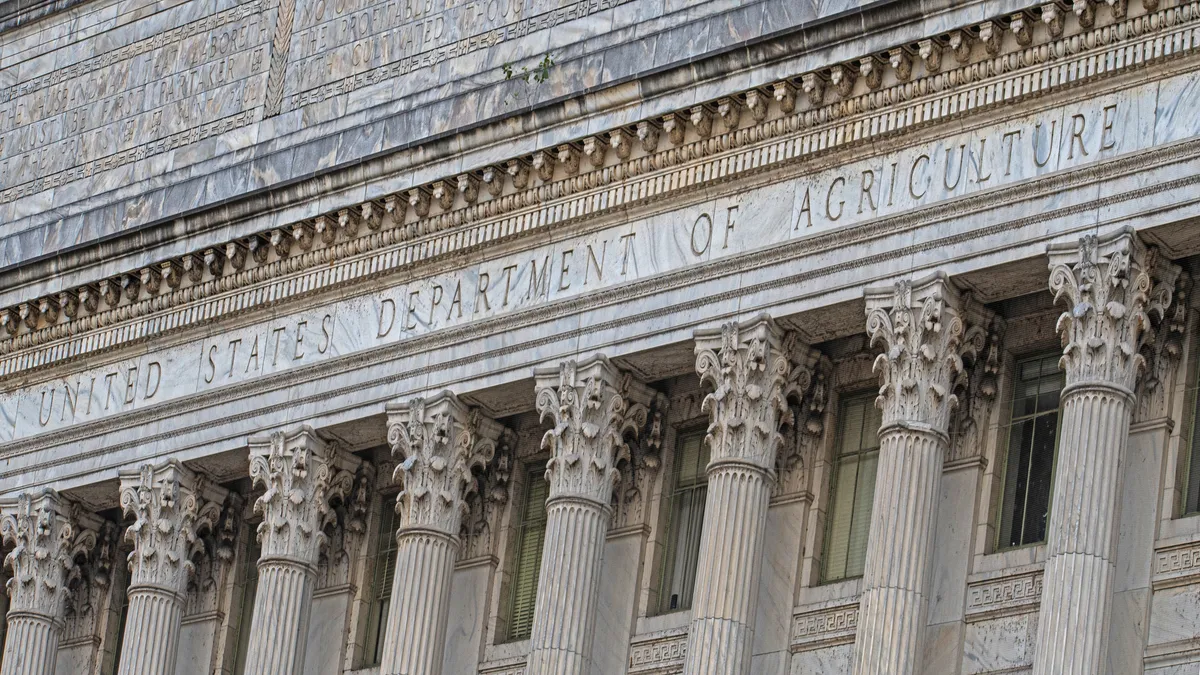Julie Gorte is the senior vice president for sustainable investing at Impax Asset Management. She oversees the firm’s ESG-related research as well as shareholder and public policy advocacy.
The days when weather disasters were considered acts of God are over. While not all severe weather is driven by climate change, we’re seeing the growing impact of climate change in the number and severity of recent catastrophic events, compared to earlier decades.
Billion-dollar weather disasters are increasing and are very likely to continue rising in the near-term. In the 1980s, the United States experienced three billion-dollar weather disasters annually. Today, the National Oceanic and Atmospheric Administration calculates the average to be 23 events annually, based on the number of weather or climate-related disaster events that took place in the U.S. over the most recent five years (2020-2024).
This jump has had a ripple effect across a myriad of industries and sectors. For example, insurance used to comprise a small element of the total cost of home ownership. Earlier, it was a box to tick because it was required by the mortgage lender. However, this is no longer the case. Since 2018, insurance premiums for owner-occupied homes have gone up by more than a third across the U.S., and have increased by much more in states particularly vulnerable to climate change-driven weather disasters.
This source of inflation isn’t limited to homeowners. Businesses also face fast-rising insurance premiums for property and casualty coverage. Taken together, the costs of insurance in the age of climate risk are a substantial and growing concern for investors, affecting every industry and sector to varying degrees.
That has put resilience on the map for investors.
Investors need information on corporate resilience strategies for climate-driven disasters to price investment risks accurately. At the moment, this information is inadequate but recent research shows this is improving.
Investors need to know where companies’ key assets and value chain nodes are, as physical risk is often driven as much by where assets are located as it is by what they do. Investors need to know which assets or operations and activities across the value chain are most vulnerable, and what can be done to replace, repair or compensate for the potential damage they might undergo.
Investors need to know what these risks are, not just in aspirational scenarios — like keeping warming to a 1.5ºC average increase — but under a range of more plausible scenarios that reflect the pace of progress in reducing emissions. Finally, investors need to know what companies are doing to understand and manage those risks, and how they are creating more resilient value chains.
What can companies do to provide climate-risk information and create more resilient value chains?
The initial steps are fairly simple, and outside expertise in estimating value at risk from various climate hazards, and scenario analysis, is available to help. The first step for companies is mapping where all the key assets are located. That includes assets that are crucial to the value chain, not just company-owned assets. If you’re a food company whose entire supply of coffee beans goes through a single port, and that port is vulnerable to hurricanes and flooding, that’s a key node in the value chain. Even though most companies don’t own the ports they use, they are dependent upon that infrastructure.
We recently saw an example of such a key node in Hurricane Helene, which knocked out a high-purity quartz mine that provides the majority of the world’s supply of the substance for semiconductor manufacturing. That mine was able to reopen after only about two weeks, but a longer closure could have affected semiconductor manufacturing globally. The last time corporations saw major supply chain interruptions was during the COVID-19 pandemic, and it took months — in some cases years — to recover and affected far more industries, including motor vehicles, computers and other consumer electronics.
Step two is to consider what would be done if any of those key assets are offline for extended periods — which, in the case of a major port, might be only a few days. Are there ways to substitute other alternatives, production capacity or logistics arrangements? If some things are damaged beyond repair, how expensive are they to replace, and how long would replacement take? Will lost capacity affect other company operations, and if so, what are those knock-on effects?
Both the above steps, while requiring some effort and time, are fairly straightforward. However, things get a little tougher from there. One of the truisms of climate change is that the future will be different from the past and the present. A robust assessment of vulnerability and value at risk is best done through scenario analysis.
For example, for a utility located on the Gulf or Atlantic coasts of the U.S., that means not just ability to withstand another hurricane like those already experienced, but hurricanes with much stronger wind speeds, larger windsheds, higher storm surge and more rainfall. Again, there are third party-resources available to help companies with things like climate modeling and understanding which assets could be affected by the items in the Pandora’s box of future acute and chronic physical climate risks.
It's also worth noting that financial markets are notoriously myopic in pricing things that could happen in the future. But in the real world, the long term is still measured in decades, not in years that can be counted on one hand. Most pension fund assets are in index funds, and the constituents of major financial indices can stay in those indices for decades. Moreover, most companies have assets on their books that are depreciated over 35 years, so it’s not just the next 3-5 years that matter for investors to price risks accurately.
Finally, the key puzzle piece is what companies are doing to create greater resiliency. Here, the answers require not just concerted effort but a sensitivity to context. How does a company create resilience to a hurricane, or a derecho or increasingly severe hailstorms? How do you manage a supply chain that depends on rail transport when heat domes can swell and expand rails enough to interfere with traffic? How do you manage a food business when summer temperatures may be too dangerous for outside farm work during harvest season or when extended droughts diminish the supply of key ingredients from current sources? What happens if a wildfire burns up company headquarters? All of these things have actually happened.
Impax recently engaged with most of the electric utilities in the S&P 500 to talk about what they’re doing to create resilience. What we found is that the utilities that did a good job of imagining a worst-case scenario and creating more resilience, are the ones that have already had a natural disaster.
In this case, that universe was limited to the utilities that had major liabilities loaded onto their books as a result of wildfires. But we also found a utility on a hurricane-prone coastline that couldn’t really answer the question about scenario analysis and seemed not to understand what that looks like. A few short weeks after our conversation, that utility did see much of its network live through many days without power due to a hurricane.
It takes years to build resilience. We know climate disasters are only going to get worse. The time to start is yesterday — and failing that, today.


















